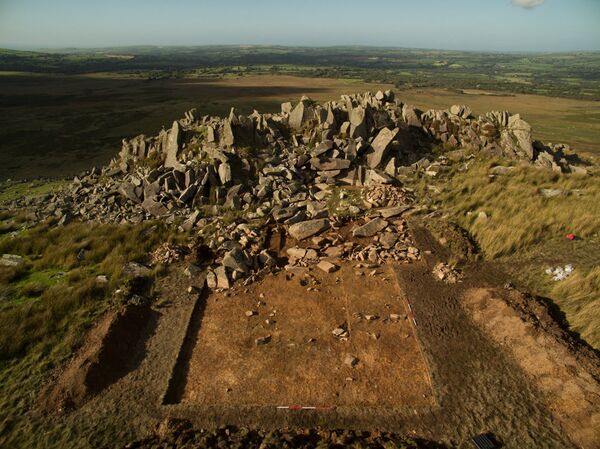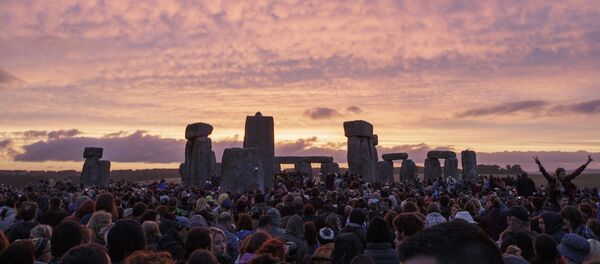A team of archaeologists and geologists from University College London (UCL) have provided new evidence of how the so-called “bluestones” used in the construction of the world-famous Stonehenge monument were quarried 5,000 years ago, according to a study published in the Antiquity journal.
UCL Professor Mike Parker Pearson explained that the really exciting thing about the new discoveries is that “they take us a step closer to unlocking Stonehenge's greatest mystery — why its stones came from so far away”.
READ MORE: Some Stonehenge Rocks Predate Humans by Millions of Years — Archeologist
"Every other Neolithic monument in Europe was built of megaliths brought from no more than 10 miles [16 kilometres] away. We're now looking to find out just what was so special about the Preseli hills 5,000 years ago, and whether there were any important stone circles here, built before the bluestones were moved to Stonehenge," he said.

The largest quarry was discovered almost 180 miles (289 kilometres) away from Stonehenge on the outcrop of Carn Goedog, situated near the north slope of the Preseli hills.
Geologist Richard Bevins called it “the dominant source of Stonehenge's spotted dolerite, so-called because it has white spots in the igneous blue rock”.
“At least five of Stonehenge's bluestones, and probably more, came from Carn Goedog," he added.
READ MORE: Stonehenge 'Travesty': Prehistoric Monuments, Proof of 'Monster Cows' in Danger
During excavations at two quarries in Wales, known to be the source of the Stonehenge “bluestones”, the researchers found that the bluestone outcrops were formed of natural, vertical pillars.
Additionally, scientists recovered pieces of charcoal in the quarries dating back to around 3000 BC.
The discoveries prompted the researchers to suggest that Stonehenge was initially a circle of unworked bluestone pillars set in pits known as the Aubrey Holes and that sandstone blocks were added to Stonehenge about 500 years later. The discoveries also questioned a popular theory claiming that the bluestones were transported to Stonehenge by sea.




